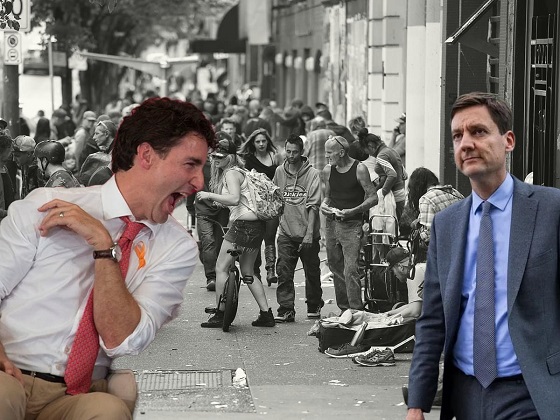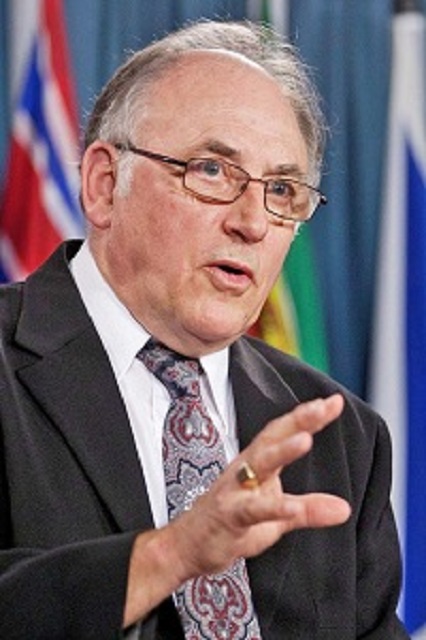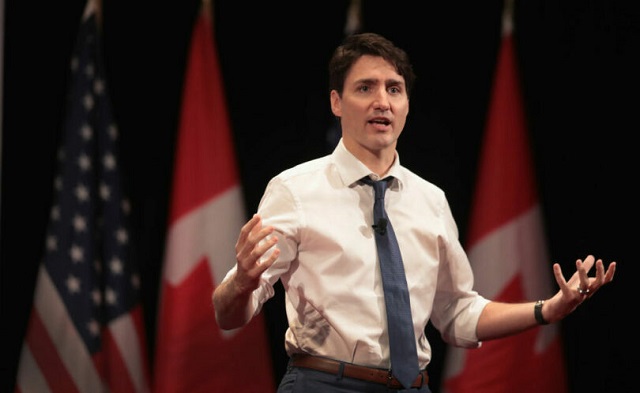Alberta
Investigation concludes police shooting of suspect holding gun a reasonable use of force

From the Alberta Serious Incident Response Team
RCMP used reasonable force during serious injury incident
On April 29, 2019, the Alberta Serious Incident Response Team (ASIRT) was directed to investigate the circumstances surrounding injuries sustained by a 33-year-old man during his arrest by members of the Lloydminster RCMP that same date.
On that date, members of the Lloydminster RCMP observed a male driver operating a stolen Dodge Ram 2500 truck within Lloydminster city limits. The truck had been stolen earlier that day during a break and enter at a local vehicle repair shop. Video footage from the repair shop depicted the 33-year-old man as the individual responsible for the break and enter, and at the time, the man was also under investigation in relation to a homicide that had occurred on April 27, 2019.
Police attempted to conduct a traffic stop on the stolen truck, but the truck fled. Officers elected not to pursue the vehicle; however, the vehicle was known to have engine problems and was not expected to be drivable for long. A short time later, two police officers observed the stolen truck in an industrial area of the city. In order to avoid a pursuit, both officers followed the truck from a distance until they observed plumes of smoke emanating from the truck, leading them to believe that the vehicle’s engine had failed.
The two officers stopped their fully marked police vehicles in front of and behind the truck, blocking its path. The man exited the driver’s side door of the truck and fled on foot toward the rear of the truck and into a fenced compound. One of the police officers pursued the man on foot while the second ensured the stolen truck was empty before joining the foot pursuit a short distance behind. As the first officer ran, he called out to the man by name, advising him that he was under arrest. The man continued to run, but soon lost his footing and stumbled on the gravel. The officer drew his conducted energy weapon (CEW) and issued a verbal command for the man to stay down. When the man rose to his feet and began running again, both officers observed a black handgun in the man’s right hand. The first officer radioed that the man had a gun, then drew his service pistol from its holster and issued repeated verbal commands for the man to drop the gun. The man continued running and, as he rounded the corner of a building, he pointed the handgun at the pursuing officer, who then fired his service pistol.
After the officer fired, the man ran behind a parked Volkswagen Jetta. As he turned to get behind the Jetta, still holding the gun in his right hand, the officer fired again. The man ducked behind the car as the officer fired at him through the window of the parked Jetta. The second officer described the man’s actions as a tactical movement to use the vehicle as cover, and after the first officer fired, the man crouched down behind the vehicle. As both officers shouted repeated verbal commands for the man to drop the firearm, the man rose and lifted his firearm. At that moment, the officer fired again – this time striking the man, who fell to the ground, still holding the handgun. Following repeated verbal commands, the man eventually pushed the gun away and rolled over, at which time the second officer placed him in handcuffs.
With the man now in handcuffs, the first officer placed pressure on his wound while the second officer retrieved a first aid kit from the police vehicle. The two officers administered first aid to the man until he was transported by EMS to hospital, where it was confirmed that he had sustained a single penetrating gunshot wound to his left shoulder.
A loaded semi-automatic .22-calibre handgun was recovered from the incident scene, along with other items associated with both the man and the owner of the stolen vehicle. An image of the recovered firearm is not being released at this time, as it relates to a matter that remains before the courts.
Physical and video evidence confirm that five shots were fired during the incident by the first police officer, with approximately 22 seconds elapsing between the first shot and the final shot. Video evidence confirms the placement of the two officers matches the description in their statements, and civilian witness evidence confirms that the man retained possession of the firearm up until the officer’s final shot.
Under Section 25 of the Criminal Code, a police officer is authorized to use as much force as is necessary in order to carry out their lawful duties. In this case, the evidence conclusively establishes that both police officers were on duty, were operating marked RCMP vehicles, and were attired in RCMP uniforms. At the time of the incident, the man was subject to lawful arrest for both the theft and possession of the stolen truck, as well as the flight from police that preceded the incident. In addition to those grounds for arrest, the officer who fired was also aware of the man’s involvement in a homicide incident several days prior, during which a firearm was used. The officer’s knowledge of the man’s involvement and the nature of that incident reasonably elevated the officer’s risk assessment of the situation.
During his interview, the man denied any intention to harm police; however, it is clear from the evidence that throughout the incident he repeatedly refused to follow verbal commands and maintained possession of a firearm until after the officer’s final shot. The man’s actions during the incident, combined with the information available to the officer, were more than sufficient to establish an objectively reasonable fear of death or grievous bodily harm on the part of the officer, and to justify a use of force proportionate to that threat.
While the man sustained an injury during the arrest, his actions gave the officer reasonable cause to believe that his life was endangered; therefore, the force that he used to address that danger was also reasonable. Accordingly, there are no grounds to believe that an offence was committed by any police officer, and no charges will be laid.
ASIRT’s mandate is to effectively, independently and objectively investigate incidents involving Alberta’s police that have resulted in serious injury or death to any person.
Alberta
Political parties will be part of municipal elections in Edmonton and Calgary pilot projects
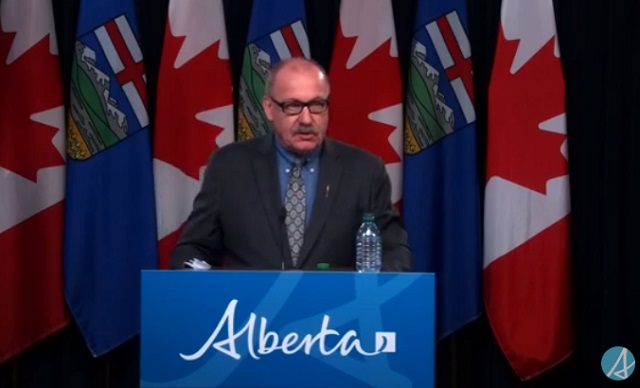
Strengthening Alberta’s local elections
Alberta’s government is introducing legislation to ensure Albertans can rely on transparent, free and fair elections, and municipally-elected officials have clearer accountability measures.
In a democratic society, Albertans expect their local elections to be free and fair, and their elected officials to be held to account by clear rules that govern their local councils. The Municipal Affairs Statutes Amendment Act proposes amendments to the Local Authorities Election Act (LAEA) and the Municipal Government Act (MGA) to add greater transparency to local election processes and ensure local councils and elected officials continue to remain accountable to the citizens who elected them.
“Our government is committed to strengthening Albertans’ trust in their local governments and the democratic process that elects local leaders. The changes we are making increase transparency for Alberta voters and provide surety their votes will be counted accurately. We know how important local democracy is to Albertans, and we will work with local authorities to protect and enhance the integrity of local elections.”
Local Authorities Election Act
Albertans expect free and fair elections and that’s why it’s important we strengthen the rules that govern local elections. To strengthen public trust in local elections, Alberta’s government will eliminate the use of electronic tabulators and other automated voting machines. All Albertans should be able to trust the methods and results of local elections; requiring all ballots to be counted by hand, clarifying rules and streamlining processes for scrutineers will provide voters greater assurance in the integrity of the results.
All eligible Albertans should be able to vote in local elections without impediment. Alberta’s government will limit the barriers for eligible voters to cast a ballot by expanding the use of special ballots. Currently, special ballots can only be requested for very specific reasons, including physical disability, absence from the municipality, or for municipal election workers. By expanding the use of special ballots, the government is encouraging more voter participation.
Amendments in the Municipal Affairs Statutes Amendment Act would increase transparency in local elections by enabling political parties at the local level. Political parties would be enabled in a pilot project for Edmonton and Calgary. The act will not require candidates to join a political party in order to run for a local or municipal office, but will create the opportunity to do so.
In addition, proposed changes to the Local Authorities Election Act would allow municipalities the option to require criminal record checks for local candidates, thus increasing transparency and trust in candidates who may go on to become elected officials.
Municipal Government Act
The role of an elected official is one with tremendous responsibility and expectations. Changes proposed to the Municipal Government Act (MGA) will strengthen the accountability of locally elected officials and councils. These include requiring mandatory orientation training for councillors, allowing elected officials to recuse themselves for real or perceived conflicts of interest without third-party review and requiring a councillor’s seat to become vacant upon disqualification.
If passed, the Municipal Affairs Statutes Amendment Act will also unlock new tools to build affordable and attainable housing across Alberta. Proposed amendments under the MGA would also create more options for municipalities to accelerate housing developments in their communities. Options include:
- Exempting non-profit, subsidized affordable housing from both municipal and education property taxes;
- Requiring municipalities to offer digital participation for public hearings about planning and development, and restricting municipalities from holding extra public hearings that are not already required by legislation; and
- Enabling municipalities to offer multi-year residential property tax exemptions.
Municipal Affairs will engage municipalities and other partners over the coming months to hear perspectives and gather feedback to help develop regulations.
Quick facts
- The LAEA establishes the framework for the conduct of elections in Alberta municipalities, school divisions, irrigation districts and Metis Settlements.
- The MGA establishes the rules governing the conduct of local elected officials once on council, as well as the overall administration and operation of municipal authorities in Alberta, including any policy those authorities may wish to implement.
Related information
Alberta
Alberta official reveals ‘almost all’ wildfires in province this year have been started by humans
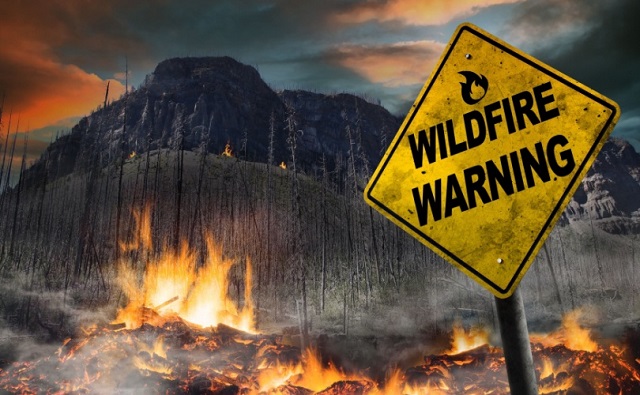
From LifeSiteNews
Alberta Minister of Forestry and Parks Todd Loewen said his department estimates that most of the province’s wildfires this year are man-made and not caused by ‘climate change.’
Alberta officials have announced that almost all fires in 2024 are believed to have been caused by humans despite ongoing claims that “climate change” is to blame.
On April 24, Alberta Minister of Forestry and Parks Todd Loewen revealed that his department estimates that most of the province’s wildfires this year are man-made and not caused by “climate change” as claimed by mainstream media and politicians.
“We expect that almost all of the wildfires we’ve experienced so far this year are human caused, given the point we’re at in the season and the types of weather we’re seeing,” Loewen stated.
Already, Alberta has put out 172 wildfires this year, and 63 are actively burning. However, Loewen did not seem overly alarmed, instead warning Albertans to watch their local fire bans and restrictions to reduce the high number of man-made wildfires.
“I urge you to assess your property for wildfire danger and take any preventive action you can to address these risks,” he said.
“This includes breaking up fuel sources that could ignite a structure, removing trees in close proximity to your home, and properly maintaining your gutters and roofs to rid the materials that could easily ignite such as leaves and dry needles,” Loewen added.
Loewen’s announcement comes just weeks after Alberta Premier Danielle Smith promised that arsonists who ignite wildfires in Alberta will be held accountable for their crimes.
“As we approach the wildfire season, it is important to understand that 67% of wildfires in Alberta are started by people,” she explained.
“If you start a wildfire, you can be charged, fined, and held liable for all costs associated with fighting the wildfire,” Smith added.
Smith made the comments after last year revealing that most of the wildfires in her province (500 of the 650) were caused by humans and not “climate change,” as has been pushed by the legacy media and opposition politicians.
“All I know is in my province we have 650 fires and 500 of them were human caused,” she said, “so we have to make sure that when people know that when it’s dry out there and we get into forest fire season that they’re being a lot more careful because anytime you end up with an ignition that happens it can have devastating consequences.”
The Alberta government has also created an ad campaign highlighting the fact that most fires are caused by humans and not “climate change,” as many left-leaning politicians claim.
As reported by LifeSiteNews last year, Smith ordered arson investigators to look into why some of the wildfires that raged across the vast expanse of the province had “no known cause” shortly after they spread.
Indeed, despite claims that wildfires have drastically increased due to “climate change,” 2023 research revealed that wildfires have decreased globally while media coverage has spiked 400 percent.
Furthermore, many of the fires last spring and summer were discovered to be caused by arsonists and not “climate change.”
Royal Canadian Mounted Police (RCMP) have arrested arsonists who have been charged with lighting fires across the country, including in the Yukon, British Columbia, and Alberta.
In Quebec, satellite footage also showed the mysterious simultaneous eruption of several blazes across the province, sparking concerns that the fires were a coordinated effort by arsonists.
Despite the overwhelming evidence, Prime Minister Justin Trudeau and mainstream media continue to claim that the fires are unprecedentedly dangerous and caused by “climate change” in an attempt to pass further regulations on natural resources.
The reduction and eventual elimination of the use of so-called “fossil fuels” and a transition to unreliable “green” energy has also been pushed by the World Economic Forum (WEF) – the globalist group behind the socialist “Great Reset” agenda – an organization with which Trudeau and some in his cabinet are involved.
-

 conflict2 days ago
conflict2 days agoCol. Douglas Macgregor torches Trump over support for bill funding wars in Ukraine and Israel
-

 Censorship Industrial Complex1 day ago
Censorship Industrial Complex1 day agoNow We Are Supposed to Cheer Government Surveillance?
-

 Alberta1 day ago
Alberta1 day agoRed Deer Doctor critical of Alberta’s COVID response to submit report to Danielle Smith this May
-

 Business16 hours ago
Business16 hours agoDon’t be fooled by high-speed rail
-

 Alberta15 hours ago
Alberta15 hours agoActivity-Based Hospital Funding in Alberta: Insights from Quebec and Australia
-

 Health2 days ago
Health2 days agoTransgender activists are threatening the author of scathing UK report on child ‘sex changes’
-

 Business13 hours ago
Business13 hours agoUN plastics plans are unscientific and unrealistic
-
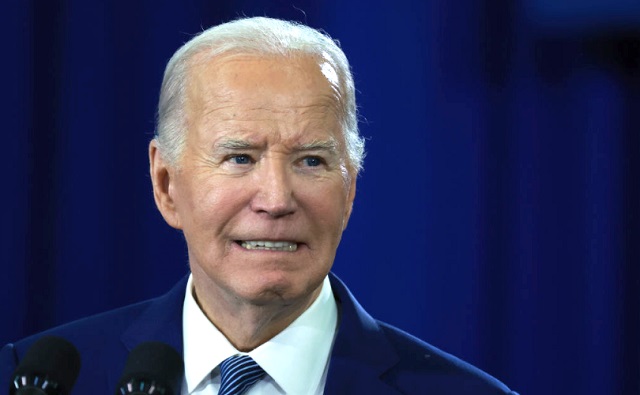
 International2 days ago
International2 days agoBiden admin expands Title IX to include ‘gender identity,’ sparking conservative backlash

